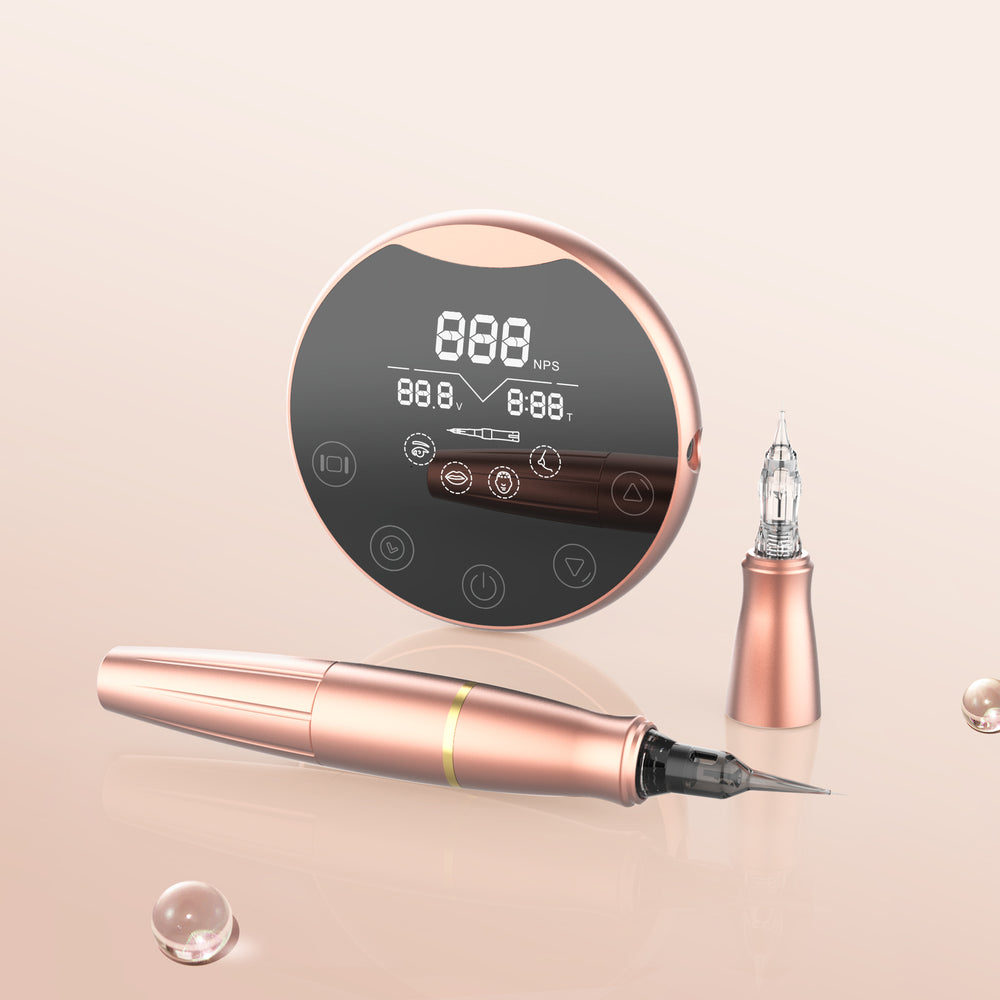Unveiling the Art: Mastering the Secrets of Tattoo Design Transfer
Tattoo design transfer is a crucial step in the tattooing process that often goes unnoticed by those outside the tattoo community. This technique plays a significant role in ensuring that the artist's creative vision is accurately translated onto the skin. For both tattoo artists and enthusiasts, mastering the art of design transfer is essential, as it bridges the gap between a mere sketch and a permanent piece of body art. Understanding and perfecting this process not only enhances the quality of the final tattoo but also elevates the overall experience for the client. In this article, we will delve into the intricacies of tattoo design transfer, exploring its importance, the methods involved, common challenges faced, and tips for success.

Understanding Tattoo Design Transfer
Tattoo design transfer refers to the method of transferring a tattoo design from a medium, such as paper or digital artwork, onto the skin of a client. This process is vital as it serves as a blueprint for the tattoo artist, ensuring that the design is correctly placed and proportioned. By using a transfer technique, artists can maintain the integrity of their design while minimizing the risk of errors during the tattooing process. Whether utilizing stencils, freehand methods, or other techniques, the goal remains the same: to create a precise and clear outline of the artwork on the skin. This aspect of tattooing is fundamental, as it directly impacts the final outcome and the satisfaction of the client.
The Process of Tattoo Design Transfer
The transfer of a tattoo design onto the skin involves several key steps, each contributing to the overall success of the tattoo. The process begins with preparation, where the artist ensures that the skin is clean and ready for the design. Following that, the chosen design is carefully applied to the skin using specific techniques and tools. This section will break down the process into manageable parts, providing insights into what each step entails, and how artists can achieve the best results.
Preparation Steps
Before initiating the transfer, several preparation steps are essential. First, the skin must be thoroughly cleaned to remove any oils, dirt, or lotions, which could interfere with the transfer process. Artists typically use a skin-safe antiseptic wipe for this purpose. Next, the design selection plays a crucial role; artists should ensure that the design is the right size and suitable for the body part it will adorn. A friend of mine, who recently got her first tattoo, shared how her artist meticulously selected the design size after discussing her vision, which made her feel more involved and excited about the process.
Application Techniques
There are various techniques for applying tattoo designs, with stencil methods and freehand approaches being the most common. Stenciling involves printing the design onto transfer paper, which is then applied to the skin using a transfer solution. This method ensures high accuracy and clarity. On the other hand, the freehand approach allows for more spontaneity and creativity, as the artist draws directly onto the skin. This technique can be particularly beneficial for custom designs, as it gives the artist the freedom to adjust the design in real-time based on the client's anatomy and preferences. It's fascinating to hear my friend's experience with her tattoo artist, who decided to add personal touches to her design on the spot, leading to a more unique and satisfying result.
Common Challenges and Solutions
While tattoo design transfer is a vital step in the tattooing process, it is not without its challenges. Common issues include misalignment of the design, fading of the transfer, and skin sensitivity. Misalignment can occur if the artist doesn't take the time to ensure the placement is correct before starting the tattooing process. To mitigate this, artists should use reference points on the body to align the design accurately. Fading can happen if the transfer solution is not applied correctly or if the skin is too oily. A solution to this is ensuring that the skin is properly prepped and that the transfer paper is allowed to adhere for the right amount of time. Finally, for clients with sensitive skin, artists might recommend patch testing to prevent complications during the tattooing process.
Tips for Successful Tattoo Design Transfer
For those looking to ensure a successful tattoo design transfer, several expert tips can make a significant difference. Firstly, choosing the right design is crucial; it should not only resonate with the individual but also be feasible for the intended location on the body. Additionally, maintaining skin health prior to the appointment can enhance the transfer process. Clients should hydrate their skin and avoid sunburn or cuts. My friend emphasized how her artist advised her on skincare leading up to her tattoo session, which helped her skin be in optimal condition for the transfer. Lastly, communication between the artist and the client is key; discussing any preferences or concerns can lead to a more satisfying experience overall.
Key Takeaways on Tattoo Design Transfer
In conclusion, mastering the process of tattoo design transfer is essential for both tattoo artists and clients. The techniques and considerations discussed in this article highlight the importance of this step in achieving high-quality tattoos that reflect the artist's vision and the client's desires. As the tattooing community continues to evolve, the artistry involved in transferring designs onto skin remains a foundational skill that artists must hone. By practicing these techniques and understanding the common challenges, both artists and enthusiasts can appreciate the meticulous craft of tattooing, ensuring a rewarding experience that goes beyond the ink on skin.












